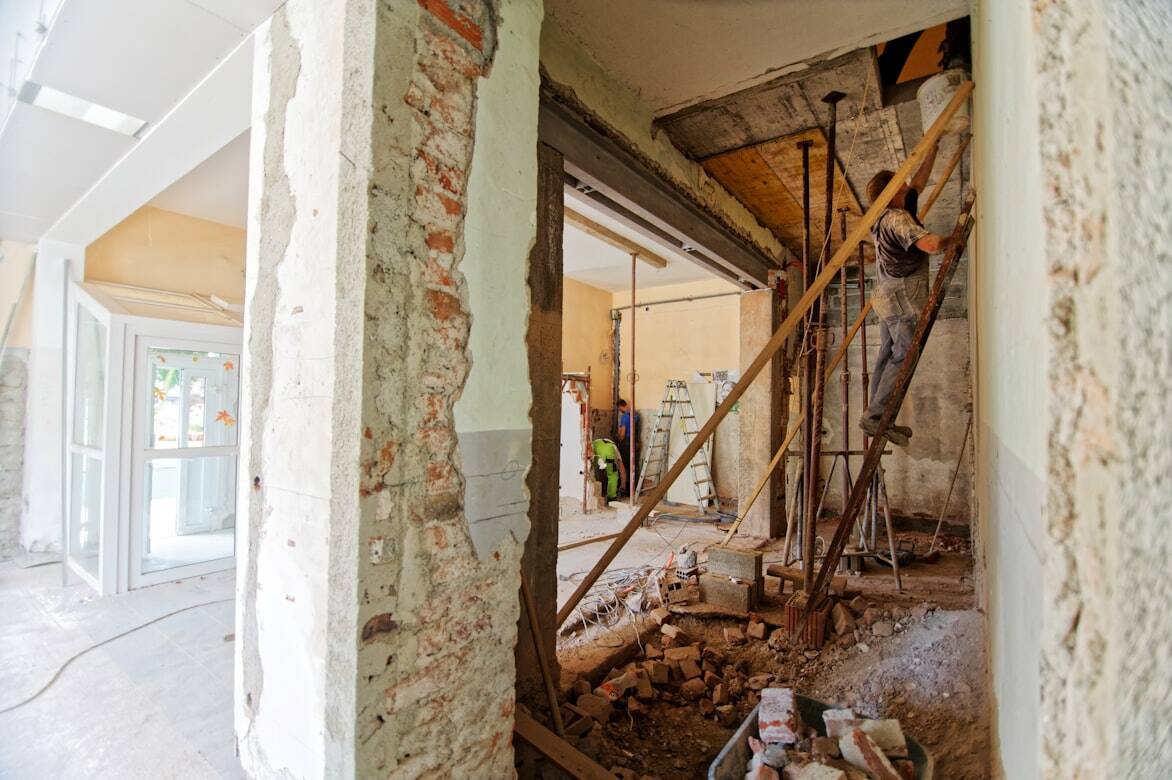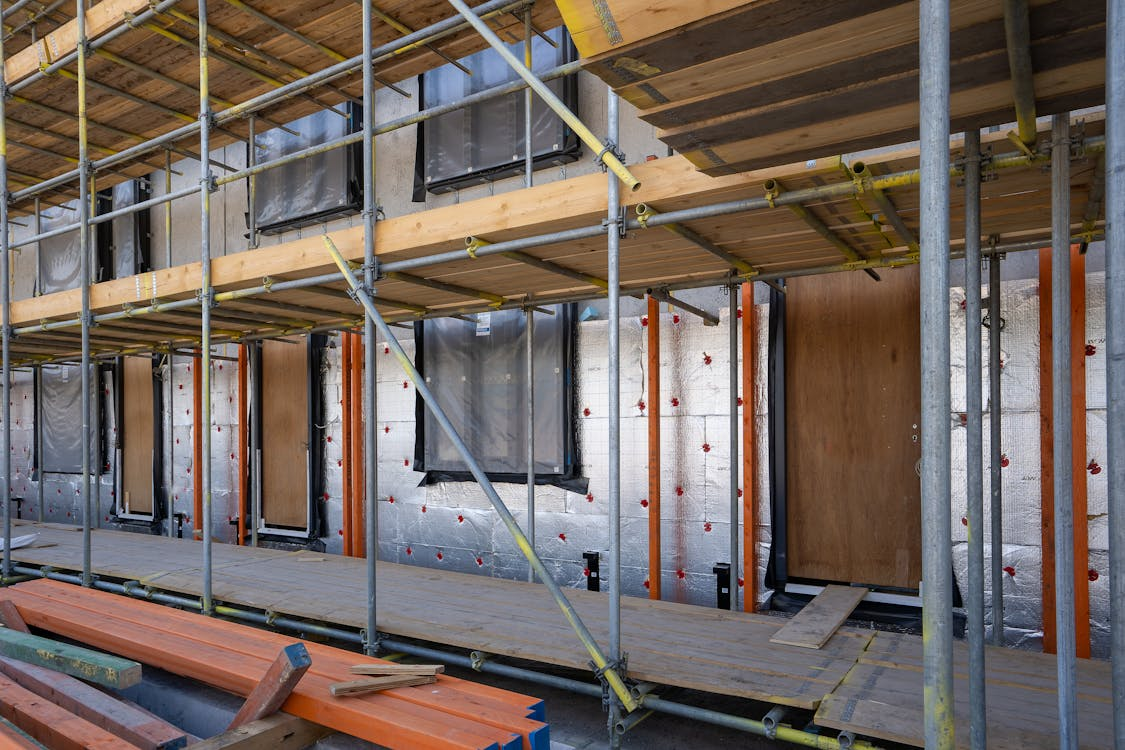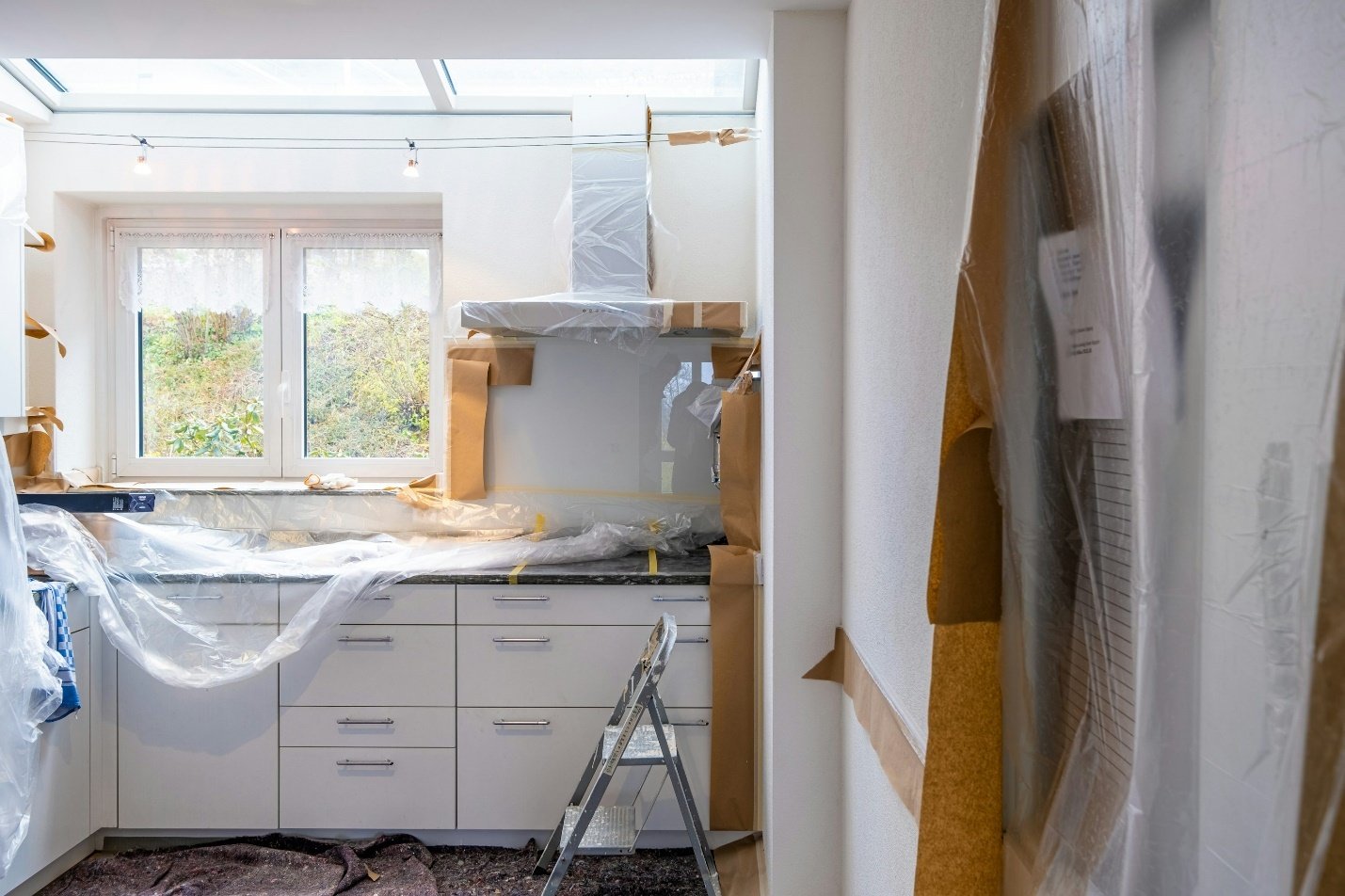Fixing and flipping properties has emerged as a lucrative strategy for real estate investors seeking substantial returns.
However, the financial aspect of these projects often presents a considerable challenge (especially for those new to the game).
Securing the necessary funds to purchase and renovate properties is essential.
Join us as we help you finance your upcoming fix and flip project like a seasoned pro. We’ll cover the ins and outs of fix and flip loans, discuss the smart way to manage your budget and reveal the best practices for making your investment a success.
Let’s begin.
1. Evaluate Your Investment
Success begins long before the first hammer swing, with the meticulous evaluation of potential properties. This step is critical in ensuring your investment yields the desired returns.
Start by analyzing the property’s location; this fundamentally influences both the purchase price and the potential selling price. Consider factors like neighborhood desirability, school districts, and local amenities. These can significantly impact your property’s marketability.
Next, dive deep into estimating renovation costs. This involves more than a cursory glance; it requires consultations with contractors, obtaining multiple bids, and even considering the unforeseen expenses that inevitably arise during renovations. Accurately forecasting these costs is vital in calculating your potential return on investment (ROI). Overestimating your ability to stay within budget can lead to slim margins or, worse, financial losses.
A thorough property inspection is non-negotiable. This step can uncover hidden issues that could dramatically inflate your renovation budget, e.g., structural problems, outdated electrical systems, or plumbing issues. Skipping this step or glossing over the findings to expedite the purchase can result in significant financial pitfalls down the line.
Assessing potential returns involves a comprehensive understanding of the market. Carefully research recent sales of comparable properties (comps) in the area to estimate your after-repair value (ARV). This figure, minus your total investment in purchasing and renovating the property, will give you a clear picture of your potential profit.
2. Build a Solid Financial Plan

A well-constructed financial plan is the backbone of any successful fix and flip project.
It should begin with a detailed breakdown of purchase costs, including the property’s price, closing costs, and any immediate expenses required to secure the property. This initial investment forms the base of your financial strategy. It sets the stage for the next phase: renovation planning.
The renovation expenses should be meticulously documented (from labor costs and materials to permits and potential overruns). Historical data from past projects, if available, can be invaluable in forecasting these costs. However, always include a contingency fund (typically 10–20% of your renovation budget) to address unexpected issues without derailing your financial plan.
Your financial strategy should also account for holding costs (e.g., property taxes, insurance, utilities, and loan interest) that accumulate until the property is sold. These expenses can erode your profit margin if not carefully managed (particularly in projects with extended timelines).
The exit strategy is equally important. Whether you aim to sell immediately post-renovation or hold the property until the market peaks, your financial plan should outline the anticipated costs and revenue associated with these scenarios. This forward-looking approach ensures you’re prepared for various market conditions.
3. Secure the Right Loan
Choosing the right loan for a fix and flip project involves more than just securing funds; you must find financing that aligns with the project’s timeline, budget, and profitability goals. The criteria for selecting the best fix and flip loan include favorable interest rates, adaptable terms, and lender reliability.
Interest rates directly affect the cost of borrowing and, subsequently, the project’s overall profitability. While lower rates are always preferable, they must be weighed against the loan’s terms. Short-term loans may offer lower rates but require quicker repayment (which could pressure the project’s timeline). Conversely, loans with longer terms might have higher rates but provide more breathing room for project completion and sale.
The terms of the loan are equally important. These include the loan’s duration, repayment schedule, and any prepayment penalties. A loan that offers flexible terms can accommodate the unpredictable nature of fix and flip projects.
Lender reliability is paramount. A reputable lender provides financial backing and acts as a partner throughout the project. This means offering support during application and underwriting processes, flexibility in funding disbursements, and clear communication throughout the loan period. The best lenders understand the fix and flip market and can offer insights and advice.
4. Manage Renovation Costs

Controlling renovation costs is pivotal in the profitability of fix and flip projects. The goal is to improve the property to maximize its market value without overspending (which requires strategic planning and disciplined budget management).
To achieve this, investors should start with a comprehensive budget that details every aspect of the renovation, including materials, labor, permits, and any unforeseen expenses. This budget should be based on detailed quotes from contractors and price comparisons on materials to ensure accuracy.
One effective strategy for managing costs is to prioritize renovations that offer the highest return on investment. Cosmetic updates like painting, fixing light fixtures, and updating hardware can significantly enhance a property’s appeal without a substantial financial outlay. More extensive renovations, like kitchen or bathroom remodels, should be carefully evaluated for their potential to increase the property’s value.
Choosing the right contractors is essential in controlling costs. Solicit multiple bids to ensure competitive pricing and check references to assess the quality of work. A reliable contractor who can complete the project on time and within budget is invaluable. Additionally, clear communication about the project’s scope and budget with your contractor can prevent costly misunderstandings.
When it comes to materials, savvy investors often find savings without compromising quality. This could mean sourcing materials through wholesalers, considering alternative materials that offer a similar look and durability at a lower cost, or even repurposing materials to reduce waste and expenses.
Recommended Read: A Guide To Fix And Flip Budgeting
5. Stay Agile in a Changing Market
The real estate market is inherently dynamic. Trends, property values, and demand fluctuate rapidly due to various economic and societal factors. Staying agile and adaptable is essential.
Agility starts with ongoing market research to understand current trends, buyer preferences, and the economic landscape. Being well-informed enables investors to anticipate market shifts and adjust their strategies accordingly.
Flexibility in investment strategy allows for pivoting when necessary. For instance, if the market cools and properties are taking longer to sell, an investor might consider renting out the property to generate income until the market rebounds. Similarly, if a particular renovation is less likely to increase property value due to changing buyer preferences, it can be scaled back or redirected towards more impactful updates.
Adapting to market shifts also means being open to exploring new areas or types of properties that may present better opportunities.
How Can InstaLend Help?
The journey to successful fix and flip projects is paved with informed decisions. Fix and flip loans are essential tools that provide the flexibility and funding needed to transform undervalued properties into profitable investments.
At InstaLend, we specialize in offering competitive financing options tailored to the unique needs of real estate investors. Our expertise and support are designed to empower you to make the most of your investments, minimize risks, and maximize returns.
Apply for a loan today! We also provide single-family rental loans, new construction loans, multi-family bridge loans, and multi-family term loans.










